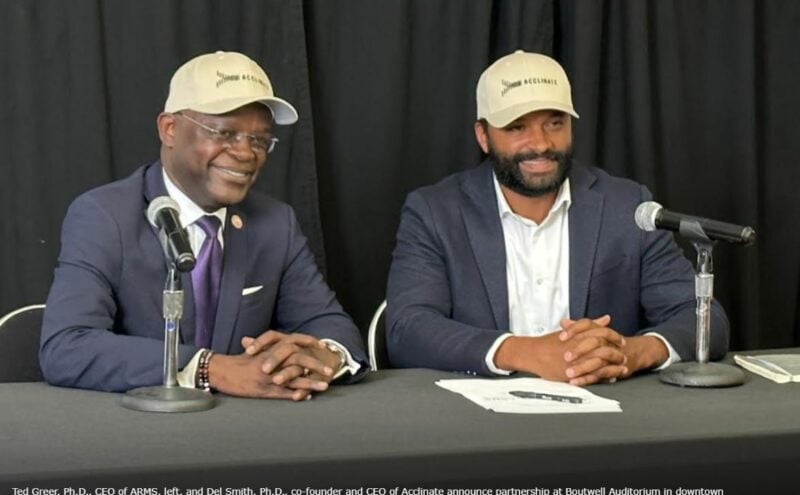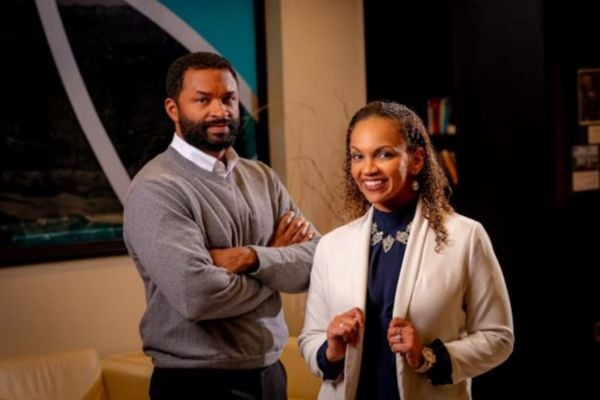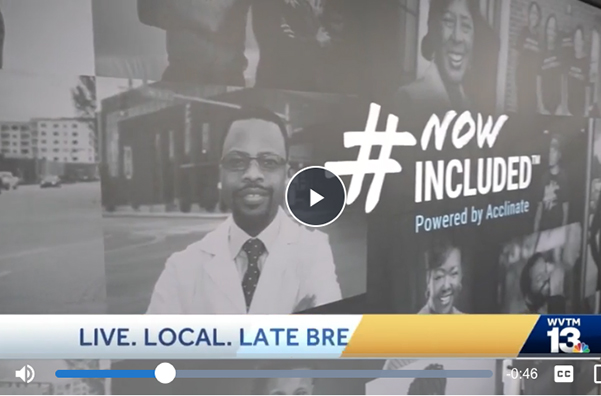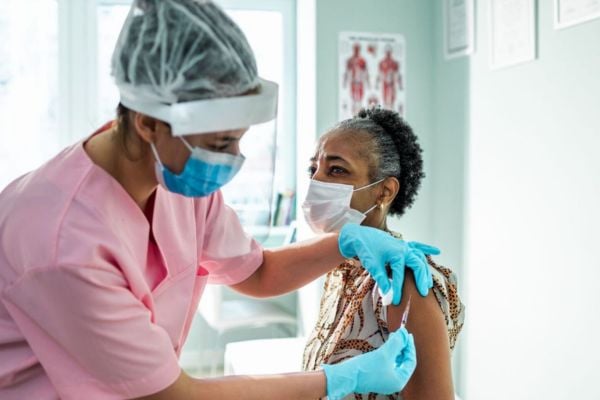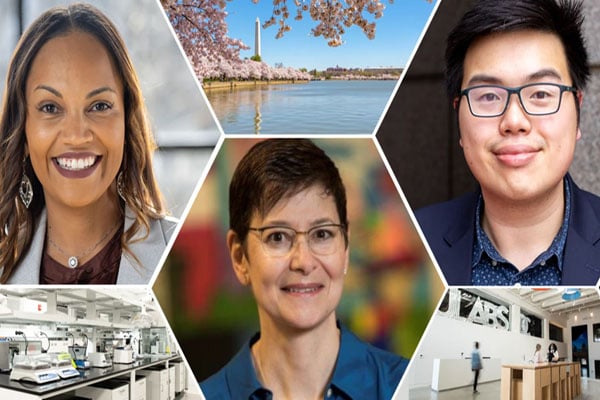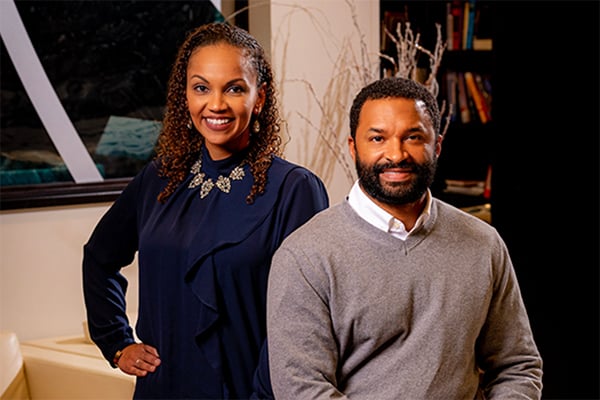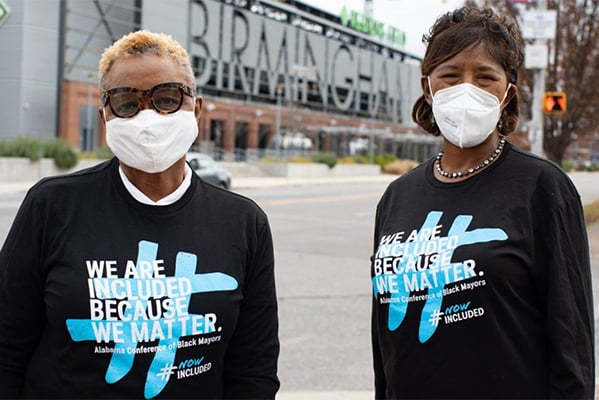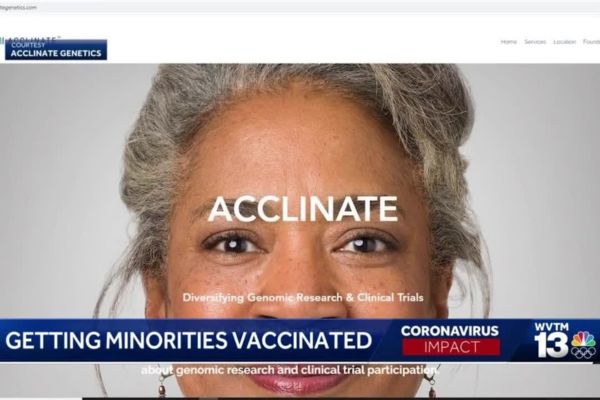In this episode of TD Cowen’s FutureHealth Podcast Series, Del Smith, Co-Founder and CEO of Acclinate, joins Health Care Technology Analyst Charles Rhyee to discuss Acclinate’s mission to educate and engage diverse individuals in order to help them make informed decisions about genomic research and clinical trial participation.
According to the CDC, of the mere 5% of Americans that participate in clinical research trials, 76% are white, 7% are black, 11% are Asian, and only 13% identify as Hispanic. In other words, not only do very few people get to participate in clinical trials, but minorities are woefully underrepresented. Thankfully, that is beginning to change as new companies emerge to help drug makers improve access and champion diversity in clinical research that is potentially lifesaving.
Press play to listen to the podcast.
TRANSCRIPT
Speaker 1:
Welcome to Cowen Insights, a space that brings leading thinkers together to share insights and ideas shaping the world around us. Join us as we converse with the top minds who are influencing our global sectors.
Charles Rhyee:
Hello, my name is Charles Rhyee. Cowens healthcare technology analyst, and welcome to the Cowen Future Health podcast. Today’s podcast is part of our monthly series that continues Cowens efforts. The bringing together thought leaders, innovators, and investors to discuss how the convergence of healthcare technology and consumerism is changing the way we look at healthcare and the healthcare system. And in this episode, we’ll be discussing clinical trials, in particular, we’ll be focusing on the lack of access and diversity in those trials and how new entrants are coming into the market to help solve the issue. And to discuss the topic with me is Del Smith co-founder and CEO of Acclinate. His mission is to educate and engage diverse individuals, to be able to make informed decisions about genomic research and clinical trial participation, Del, thanks for joining us today.
Del Smith:
And Charles, I appreciate the invitations, it’s a pleasure to be here.
Charles Rhyee:
Can you tell our listeners a little bit about yourself and how you came to start Acclinate?
Del Smith:
Sure. So, as you mentioned, Del Smith, I have the pleasure of serving as the co-founder and CEO of Acclinate. My other co-founder of course, is Tiffany Whitlow. And you talked about our mission, but I think it’s really important to kind of talk about the origin story for Acclinate, For me, it’s very personal. When I was younger, my mom was a healthcare professional. She spent her entire career working in hospitals, at some point in her career she wanted to move into home healthcare. She wanted to be closer to the patients, and it was through that process that she unfortunately contracted tuberculosis. And she was in between jobs when she contracted it. So, she didn’t have insurance and here we were in Atlanta and no insurance and this disease. And unfortunately, although we were in and out of hospitals, my mom passed away when I was only 20 years old.
And it was shortly thereafter that I actually found out there was a trial going on in the area, looking for people with drug resistant strains of tuberculosis, but we had no idea. And so that really stuck with me, took some time to go into a career myself with health information systems and worked for companies, trying to figure out better ways to link these technology solutions for better outcomes, with the hopes of that not happening again. And so that really was a genesis of Acclinate. And I took some turns throughout my career, started up a couple tech companies, spent some time, I tell people I’m a recovery business school dean, right before starting Acclinate. I spent almost seven years as a dean of a business school at an HBCU, but there’s at that point in life where you say, listen, this, this issue has not gotten any better. And if no one’s going to solve it, then I need to be the one to step in and try to come up with a solution.
Charles Rhyee:
Yeah, no. And I can see the drive that… What’s moving you here. So, I want to read a couple stats that were part of [inaudible 00:03:05]. At ESG primer on clinical trial diversity that the Cowen healthcare team we published a couple months back and we’ll try to have a link in the description for people to click on and read later on. So, according to the CDC, only about 5% of Americans participate in clinical research trials, despite nearly one half of Americans suffering from a chronic condition. And about 10% of adults who have been diagnosed with cancer. And this is according to the CDC. Of that 5%, 76% are white, only 7% are black, and 11% Asian, and only 13% identify as Hispanic. So, in other words, not only do very few people participate in clinical trials, but minorities are willfully under underrepresented. How did we get here?
Del Smith:
Well, specifically speak to the underrepresentation of minority groups in clinical trials. This is a space that we really spend our time leaning into. And what I can tell you is that there is a tremendous amount of mistrust that exists within our African Americans, and Latinx, and Hispanic, and even Asian communities. When it comes to clinical trial participation here in the US, many people hear about the stories of the Tuskegee study. And they can point to that as a seminal study as to some of the reasons for this mistrust.
But I’ll tell people it’s really a general mistrust of the healthcare system overall because you have a group of people that when they look at their outcomes and they compare and look at their treatment, they see differences, and they see disparities, and they see inequities. So, you have this that exist in general. And then all of a sudden, now you have part of the system saying, “Hey, would you like to be part of a clinical trial for this particular group?” While some in the general population would say, “I’m not sure.” If you look at our communities of color in particular, they’re saying like, “Hell no, I’m not going to be part of this.” And I think that’s why you’re seeing these numbers represent, that the way you just expressed.
Charles Rhyee:
If we think about this current model in particular, and you’re saying a lot of mistrust, it’s surprising that the model is failing so poorly. I mean, why do you think that might be?
Del Smith:
Well, I think it’s because it’s transactional in nature. The model is very transactional nature. It’s coming to you and saying, “Hey, Charles, you don’t know me, but would you like to be part of a clinical trial?” And if you say, “I’m not sure.” Or, “I don’t think so.” It’s like the current model, I leave you. And I go to the next person just to try to find that one entity, even though you still may have your same issues or same ailments. So, really what needs to happen is process is that we move from being transactional in nature, to being relational in nature. And that requires more time that requires more investment. And that requires a genuine desire to see the person on the other side of the table be better, to see their condition improve, regardless of whether they actually take part in your trial or not. And we’re not quite there yet as an industry.
Charles Rhyee:
And when we think about improving both access and diversity, I think most people would say the drug or at least those in the drug and medical device industry would all agree, right? That improving access and diversity should be of higher importance. And I would point our Cowen survey of drug and device makers showed that a majority we’re taking steps to address the issue, but it seems there’re still falling short. So, when you speak with drug makers or device makers, how are they typically viewing the issue of diversity in their trials?
Speaker 1:
I think you’ve seen a lot of change in the way that they’re thinking about and even approaching diversity in their trials. Part of that stems, of course, from the recent guidance from the FDA. And one of the things that I think is driving a lot of this today is the fact that there is a regulatory environment, that’s saying, if you do not have adequate representation in your trials, it doesn’t matter that you’ve spent a billion dollars plus on your development of your drug. It’s going to have to be the trial done again, or you’re going to have to go back and do a major part of it again. And that means money, right? Significant dollars. So, I think there’s a significant impetus on drug manufacturers and sponsors now to address this issue. We’d like to think it was because they understand that we need to make sure that drugs have the same efficacy and don’t have negative side effects simply based upon a person’s race or ethnicity or a certain demographic.
But the reality is that’s not always the case that drives things, but it is a new day now. And people are more motivated to do something. And you see these sponsors responding to this in different ways. Some for example are looking at this from an access issue. And they’re saying we need to have more clinical trial sites in places that we have historically not had access to, right? So, instead of the large academic medical centers in the middle of a major city, maybe you need to look at some rural sites, and sites and places that are closer to the demographic you’re trying to get to, to ease the barrier of access to people for the trials. We see some sponsors that are looking at this and saying, “Listen, we need to ensure that we have healthcare professionals and clinical research associates that look like the people that we’re engaging with. And so that will allow us to be more culturally sensitive and aware of some of the issues that may take place that may have someone be hesitant to take part in the trial.”
And then other sponsors are actually recognizing that sustained engagement in the community is key. And you can have sites and rural communities right next to your demographic. You can even have decentralized trials that almost bring the trials to someone’s doorstep, but unless someone feels comfortable has a level of trust in that process, they still won’t open the door or they won’t walk across the street to the site. And so some sponsors are understanding that there’s no way you’re going to get around this issue of trust without having some level of sustained engagement with these communities.
Charles Rhyee:
Yeah. I mean, you talk about trust and I know that when we’ve talked to the past, this has come up often is, what are some of the ways that drug and device makers have been doing to try to build that trust with underrepresented groups?
Del Smith:
Well, you see a lot of so-called partnerships and affiliations with churches, historically black colleges and universities, affinity groups that exist. And we think that’s really important, right? You’re going to the place where you’re going to find those communities that you want to engage with. But I put on my business hat and I say, is it really in the best interest of a pharmaceutical company to make a significant investment trying to do that sustained engagement in communities themselves, right? Or is it a better model for them to focus on efficient drug development, through the process of discovery and trials and marketing and find opportunities to partner with entities that can do that job better than them.
So, I think what you find sometimes is the recognition that you do need to separate the engagement from the recruitment. You can’t just go straight to recruitment, but sometimes what happens with these relationships with churches and different groups is that now you’ve access to community, but you have really no way to tie that the capital, if you can say that, from that engagement of the community to the potential for someone showing up on your trial. And so I think that’s why sometimes sponsors get frustrated because they’re saying, “Listen, we’re making these investments. We’re making these connections to the communities, but we’re still not seeing a change in our numbers when it comes to our representation, diversity of our clinical participants.”
Charles Rhyee:
What have you seen maybe from companies that have done it wrong? Where have you seen it kind of goes particularly poorly?
Del Smith:
Well, I hate to say this, but unfortunately there’s a lot of examples of companies that are not doing it the right way, I’ll say that, I’m hesitant sometimes use the wrong language, right? So again, one of the examples is creating a site in a community where it’s like, “These are the demographics now.” Right? Whereas historically, it was like, listen, we want to get 10% minority enrollment in this trial. And the reality is there’s not a 10% community of color within a 10 mile radius of that site. So, they’ve gotten wise and said, “Okay, we’re going to put the site in a community where we have those demographics.” But they have the same exact people, the same exact processes. And they’ve had little to no actual engagement with the communities around them. They’re just expecting that if they come there to that community, people would just show up.
So, that’s the case. You clearly see some companies that are just simply trying to change the pictures and the language on their material to be more culturally sensitive and appropriate thinking that’s going to do it. But the reality is just because someone sees a picture of someone that looks like them doesn’t mean that engenders trust in the process. So, there’s lots of things that people are trying. Some that are more effective than others, but those are some examples of some things that when we see them, we just absolutely know they’re not going to work.
Charles Rhyee:
You mentioned creating sites in areas and maybe that’s a start. Obviously when we look at drug makers, a lot of them outsource the clinical trial process itself to clinical research organizations or CROs. What kind of role do you see them playing here to drive diversity and access?
Del Smith:
Sponsors have a tremendous opportunity to put some more pressures on the CROs to come up with some solutions for this. Historically the CROs have operated in a sense of what is the most efficient way and the fastest way to get the first person in to this trial and to get this trial completed. And they haven’t been incentivized or rewarded, or even held accountable to ensuring that they find a way to meet these diversity numbers. I think sponsors have an opportunity to turn to the CROs and say, “Listen, CROs, this is what our standard is. This is what our requirement is. Let us know how we can assist you with getting that done, but please understand that we’re not going to be okay with you turning in data that’s not representative.”
And then of course, not to kick the can down the road to the CROs, but now it’s going to require the CROs to think differently in terms of the vendors that they engage with, in terms of the way that they operate and getting them to say, “Listen, we know that this problem has existed for decades. And some small tweak in our messaging materials or small tweak in our budgeting for marketing is not going to move the needle significantly.” But I also think the sites have an opportunity as well, too, right? To demonstrate that they are doing the work to actually figure out ways to engage in the community. So, I think if you have the sponsors and the CROs and the sites and all the vendors and the relationships around that ecosystem, working together to try to address this issue, you’re going to find some different ways to approach this, and you’re going to actually move the needle.
Charles Rhyee:
I mean, when we talk about this the most efficient way to get from point A to point B, we’re also talking about often billion dollar potential drugs on the line here. And everyone talks about the biopharm industry as being conservative, right? We’re going to use what works. We knew that worked before. We’re just going to do it again because at least we’re not… They don’t want to take risk, where does that leadership then have to come from to start changing it? Is it at the sponsor level? And, and oftentimes, I think we talked about it before the past, right? Maybe the C-suite, so yes, this is what we want to do, but at the front line, the guy that is in charge or the woman is that’s in charge of getting a drug across the line that’s their P&L, that’s their career, they don’t want to fail too, right? So, how do you get that change? Where does it have to start and how do you think organizations need to drive that?
Del Smith:
I know we’ve talked about the FDA and we may talk about that some more, but I think that’s critical in this process, right? All roads lead the FDA in terms of the approval. So, seeing that guidance and thinking that maybe in the final guidance there’s more teeth to that is a significant way to move that needle. If you ask any executive of a major pharmaceutical company three years ago, what are your top three things that keep you up at night? I doubt that representation in clinical trials would’ve emerged as one of those three.
I would say if you asked that same question today to those executives, there’s a very good chance that finding ways to achieve representation and diversity of clinical trials is one of those areas, because there are significant implications to the bottom line if it’s not done correctly. And so now you have the top that has the impetus, and you can look through any major pharmaceutical companies, strategic plans now, and vision statements. And you’ll see diversity in clinical trials being mentioned somewhere in there, but you brought up a good point, Charles, right? Where does the rubber meet the road, the clinical operations team, right? The frontline clinical research associates. And so I think there’s still work to be done to ensure that the executive strategy and drive to do this equates all the way down to the clinical operations level. But we see even on a weekly basis, I think we’re seeing more and more of that connectivity take place.
Charles Rhyee:
Yeah. And… Right, we’ve touched on the FDA a couple times, right? And just to bring listeners up to speed, that this past April, the FDA released guidance, requesting companies to have a diversity plan ahead of their phase two meeting. So, obviously if you’re in a site… A process here, you got to start thinking ahead because that conversation’s coming, it’s not quite a mandate, but it sounds like, is there an expectation that will be a mandate by the FDA?
Del Smith:
I think you have two pressures that the FDA is probably experiencing right now. One is from the industry and the pharma industry, which is saying, “Listen, we’re on board, but allow us to figure out a way and please stop short of mandating any specific goals or numbers.” And then I think you have individuals that understand how important this issue is. That are not directly within a pharma who are saying, “Listen, we know, like with anything, if you have something be a should, versus a must, or if you don’t put numbers behind something, that’s hard to hold people accountable who are pushing the FDA saying, ‘Listen, the draft guidance is great, but when you come up with your final guidance, you need to be more specific in saying what must be done and provide some idea as to what quantifiable metrics must be met in order for this to be acceptable.’
Charles Rhyee:
And still though, right? The FDA has already, I think, pushed back on some trials where they start getting a lot more enrollment overseas, and apart from the US when you start going into Europe or into Asia, you start getting a lot more homogeneous populations, you actually start losing diversity. In a sense, then this is a real opportunity though, right? To bring underrepresented groups into the research process, because the FDA is asking for it, maybe besides the UK, there’s not really countries with significant diversity on the ground. How do you look at this opportunity? Not only for groups, but then for companies such as yourself as you’re trying to help sponsors navigate that.
Del Smith:
Clearly there’s a tailwind here for companies like ours. We specialize in accessing and engaging communities of color so they can make informed decisions about clinical trial participation. And when we started the company two and a half years ago, pre COVID, pre-Civil social unrest, pre FDA, it was a very different conversation. We were having with pharma at the time. And now, frankly, we’ve got significant opportunities coming our way. I didn’t leave my office until eight o’clock last night, I was in my office at five o’clock this morning, just trying to get the request out for proposals out to people. So, that’s a good thing. So, I think there’s opportunities here, but I know we’re still struggling with this understanding that this relational versus transactional way of doing business takes more time and it takes more investment.
And it means starting before… Is time to start enrolling a trial. It means understanding that this hard work has to be done by someone and that hard work takes an investment that may be different from what you’re traditionally seeing. And I think people are still coming in the grasp of that right now. And I think that is you see some sponsors who are understanding that, and they’re taking that into account both in terms of time and money. And you see some sponsors who are still holding on to the way things were trying to see if they can do this in ways that is more “Cost efficient and more timely” Quote, unquote, for both of those.
Charles Rhyee:
Let’s talk to them more about Acclinate, We’ve touched on it briefly here and there, but talk to us about how your business model works and how you work with both the communities and with sponsors.
Del Smith:
Yeah. The best way to think about our business is like a double sided marketplace. On one side, we have a community engagement platform and methodology, and we call that now included and are now included community is us saying to our communities of color now is the time for us to be included in discussions about our health. Now is the time to be included in discussions about clinical trial participation. So, it’s our way of educating, engaging, and empowering our communities of color to be able to make informed health decisions, decisions about clinical trial participation. But that process Charles, generates two things for us. One, it builds trust, and two, it creates data. And it’s that trust and that data that when we combine it in the right platform allows us to know when is the most appropriate time and to whom should we present the opportunity to take part in the trial?
And that’s the value that we bring to the pharmaceutical companies. They’re able to then engage with us. And by working with us, we’re able to then both do the sustained engagement to build communities around certain therapeutic areas and disease states. And then based upon our system telling us that we’ve had enough time and trust, now is the appropriate time to present that trial to the right person. And so that’s what we do for pharmaceutical companies. We don’t hand over data. We don’t do a direct advertisement just to get people to sign up like a traditional method. It’s about knowing when and to whom is we need to make that request.
Charles Rhyee:
Talk a little bit more then about the now included platform, maybe in the role of technology to be able to understand when is the right time to reach out to somebody, walk us through that a little bit more.
Del Smith:
Yeah. I think the best way to talk about the platform is through our algorithms. We have something that’s called a participation probability index, and that participation probability index uses various characteristics to determine what is the likelihood that someone will respond to being part of a trial. And of course there’s some very basic things such as location. If a trial is going on in Atlanta at Emory, our system’s smart enough to know that if not to reach out to someone in Seattle, Washington, to be part of that trial, unless it’s a stage three oncology trial, and that person just has to come there a couple of times for some treatment, but then it’s more sophisticated. We even take some social determinants of health data in that as well, too, to make our calculations to things. What gets tricky for us, however, is that if we just relied on data on who has historically taken part in trials to feed our models, our models would then just exasperate the producing who is going to take part in the trial.
So, we have to do some training of our models to accommodate the fact that we’re trying to get to a certain outcome representation. What does that look like within our community that we serve? But again, it all comes down to our community, our platform, and our system is only as powerful as our community is. And so for us engagement is synonymous with trust. The more that someone engages with our community, the more times they come there and they make comments, the more times they forward a post to a friend, the more time they come in and they actually spend reading articles or uploading their videos, sharing their health stories. Our system’s able to know that this person is leaning in, they have a element of trust and comfort with this community. And this particular issue is really one that they lean into.
And what we found statistically is really interesting, about 24% of the people that actually respond to a trial comes from a friend or family member on our platform, which is the reason why we don’t just utilize and rely on electronic medical records to determine who should take part in the trial. We know some people do that, but for us, particularly in our communities that we face, sometimes it’s a granddaughter looking at this information to present to a grandmother. Sometimes it’s a brother looking at providing this information to his sister who may be going through a certain disease or illness. So, that’s why community’s important for us. And that’s why we say that we’re a combination of both tech and touch. The tech is the platform allows us to make the determination and to actually talk to people. The touch is us ensuring that we are engaging with communities.
And I will say this, it is not just technology on the community side. We’ve done things like sponsored little league teams, trophy celebrations, because the coach there was the trusted entity in that community. And we knew that if we provided opportunities to benefit the coach and the coach would then allow us, or the coach would stand up and say, “Listen, you know what, parents, some of you missed your child’s games because you had health issues. And it’s important for us now to be empowered, engaged about our health. So, you can make this your sons or your daughter’s games. And so, go to now include it, figure out what resources are available there to help you become healthier.” And these are things that we do that is high touch, less tech, sometimes more difficult to scale, but nonetheless really important when it comes to reaching people where they are. And not just relying on technology to do that.
Charles Rhyee:
And maybe just sticking with the tech part, right? When we think about when someone’s leaning in, is the platform measuring what that engagement looks like to know what that person’s ready. And without that you wouldn’t ever present that person to a sponsor. Is that the way to think of it?
Del Smith:
That is correct. Yeah. I mean, it’s really important. We tell our sponsors that listen, we really would like to have, at a minimum, three months opportunity to engage with someone in a new community or in a new disease state before we present the trial to them. And this is goes back to the issue of time, right? If they come and they engage with us, “They say we’re behind in our enrollment, we’re 70% through our enrollment and we’re not hitting our numbers.” We look at them and we say, “Listen, that is really a worst case scenario for us because now you’re looking for a clinical trial recruitment company. And that is what we are not, we’re not a clinical trial recruitment company.” And so when the sponsor has the opportunity to say, “Oh, I get it.”
So, we know we’re going to have several trials in this one therapeutic area come down the pipeline. We need to build that community and that trust now, so that when the time comes, your system knows which of those community members to present that trial to, let’s get started. And we’re having more and more sponsors that are seeing that and understanding that. But you know, on our community side, people opt in, they understand that they’re opting in to be able to be part of this community. And they’re opting in to be able to have us present opportunities to them. That could be a benefit to them. And clinical trials could be one of those options, but no community members ever in a situation where they just get bombarded with trial opportunity, after trial opportunity, after that trial opportunity, because we know that’s a recipe for failure and it goes back to a transactional nature, which is what we are not.
Charles Rhyee:
And when you talk about engagement, people engage because they feel they’re getting valued, right? I’m going to look at something because there’s something that I take away from it. What are some of those tools that you are providing to the community? And what are the ones that you find that you see a lot more traction with?
Del Smith:
Interesting enough, what we found is an element of affectibe engagement. And I use the term affectibe as in A-F-F-E-C-T-I-B-E. And the traditional thought is that, listen, we need to give people more cognitive engagement, more information, here’s information about Alzheimer’s, here’s information about MS, here’s information about bronchitis, and all these statistics. But what we’ve been able to find out over the years is that it’s the time when we say, “Share your story about a family member that has Alzheimer’s.” That people lean into that, people review that, they engage with that, they comment on that.
And then we have an opportunity to say, did you know this statistic about Alzheimer’s? Did you know it impacts this your particular group and demographic more so than others? Do you know that it’s often misdiagnosed or diagnosed later? And we kind of give people these facts and information that they wouldn’t otherwise get, but it didn’t start with an informational engagement. It started with an emotional or relational engagement. And that’s what we do in our process that makes it so different. And frankly, I think that’s why so many of the other entities and particular pharma that tries to do this work themselves has a challenge because their general mindset is one of information and cognitive discussions versus really understanding lived experiences and sharing those lived experiences with people, and then seeing how people lean into that. So, it’s essential, it’s basic human behaviors, what we really tee off of.
Charles Rhyee:
And so now you build a community you’re in a market for some number of months is that you go into a community because you have the initial investment from a sponsor, or is it, you are already invested into a number of communities. And then a sponsor can come in and say, “Hey, look we have these kind of candidate drugs in development. These are sort of the people we’re kind of looking for. Can you help us?” Yeah. Maybe talk about the other side of the model.
Del Smith:
Yeah, absolutely. I mean, currently the way it exists right now, with us being still a fairly new company, much of what we do is in response to a sponsor saying, “This is my therapeutic area, or this is my disease state, or this is my trial or my indication. These are the locations where I have sites. Do you have community already in those spaces? And if not, can you build community the way that we do it so well?” And a lot of times, because of the combination of the disease state in those locations, we don’t have existing community or at least enough numbers. And we have to go through that process of building it. And we’re really good at that, what we want to do as a company. And we’re actually going through a round of funding right now… Fundraising with this particular point with that is to start being proactive about building the communities before pharma even gets to us.
So, we already understand the disease states that have a higher prevalence within our communities of color. We already understand where the majority of our communities of color are dispersed within the United States. Then we can start building those communities already. And we think that actually benefits pharma, and it benefits us to have it to where when the sponsor comes to us and says, “Listen, we want to run this particular trial in this particular city.” We can say, “You know what, we’ve already got 60,000 people engaged in that community around that particular disease state. And we can already tell you that X percentage of those people would probably lean in to this trial that given the opportunity.”
Charles Rhyee:
Yeah, and that sounds like the perfect model down the road, maybe in the short run though, talk about some of the results that you have been able to generate for sponsors.
Del Smith:
Yeah. I think there’s some primary outcome measures and there’s some kind of more secondary measures that we’re finding is very valuable, of course, the primary outcome measures have to do with how many of the people that we engage with ultimately end up enrolling in a trial. And I can tell you, we’ve got some conversion numbers that really varies based upon the trial and the disease state and the indications and the inclusion exclusion characteristics. But we can get to a point where we start to understand what that ratio is. And typically we are around 12% conversion rate on average. And that allows us to know if your in state is, I need X amount of people from this particular demographic. We know how many people we have to engage on the front end in order to get to that. But I think also what we’re finding in terms of a secondary outcome here is that it’s the idea that these communities still exist even after the trial is over.
We still stay engaged with the communities. And so we are seeing changes in people’s perceptions about taking part in trials. We’re seeing changes in people’s willingness to take part in trials, whether they actually took part in the trial or not. Because part of what we do in that process of engaging with them is help them feel more comfortable with the clinical trial process in general. And we believe that’s going to have significant payoff down the road when pharma needs to engage later on down the road. So, again, short term benefit is we’re able to see specific numbers of increased diversity in the trials that result greater leads for the trials. And then I think longer term, we’re going to be able to see a larger pool and pipeline of individuals that are willing to take part in trials from the very onset.
Charles Rhyee:
Have you seen anybody that might have passed on a trial the first time, but was engaged, right? Seemed ready to at least to present a trial, but maybe they passed on that. But then the next time they decided, “You know what? I will participate.”
Del Smith:
You know, we did. And we’ve noticed one instance had to do with consent forms and an actual process for doing some prescreening of biomarkers. And I think when the protocol was developed in a process was developed, people didn’t necessarily put themselves in the shoes of people that had to travel and they had to do this long consent. They had to do this pre-screen of biomarkers. And then the screen fill rate was tremendously high.
And from working with this sponsor, we were then able to say, “Is it possible from a medical standpoint to move this pre-screening or this biomarker at a different phase in the process so that we can get people in and get them comfortable and get them started in the process?” And when they made that change, we saw some people that had dropped out, come back in and say, “Okay, I’m willing to do it now at this point in time.” And I think that’s another example of kind of this secondary measures and outcomes that we get from this process is the insights that we get from engaging with the community and being able to hear from them first and foremost, and saying, “Listen, the reason I didn’t complete it after the consent form is because of X, Y, Z.” And then be able to have enough of that data input to provide it to the sponsor. I think that’s something they haven’t had before in the past.
Charles Rhyee:
Yeah. So, maybe last thoughts here, what should we look for in the future that would indicate both Acclinate and the industry is succeeding in improving access diversity in our clinical trials?
Del Smith:
One of the things we put on our investor next slide is we plot the metrics in terms of representation since 2008, till I think 2019. And it basically looks flat line for our communities of color, which has been no change. I’m a quantifiable person. I think what’s going to happen is if we’re successful, you’re going to start to see an uptick and you’re going to start to plot this, and you’re going to see over time that there has been improvements. And anything short of that, I think is really lip service. So, we’ll be keeping a close eye on the numbers. I think everybody should be keeping a close eye on the numbers over the next three to five years.
Charles Rhyee:
Yeah, that’s great. And I’m looking really forward to your success and all the work that you’re doing here and Del, really want appreciate you taking the time to be a part of the podcast here.
Del Smith:
Well, again, I appreciate the invitation, a pleasure talking with you Charles.
Charles Rhyee:
Great. Thanks Del. And thank everyone for joining us for this episode and look forward to having you join us on a future [inaudible 00:35:51]. Podcast.
Speaker 1:
Thanks for joining us. Stay tuned for the next episode of Cowen Insights.





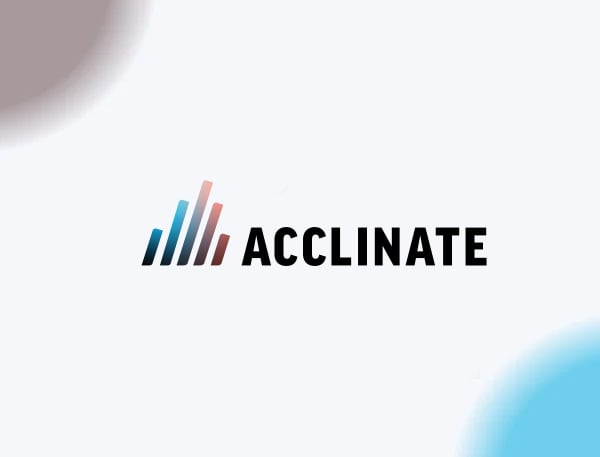


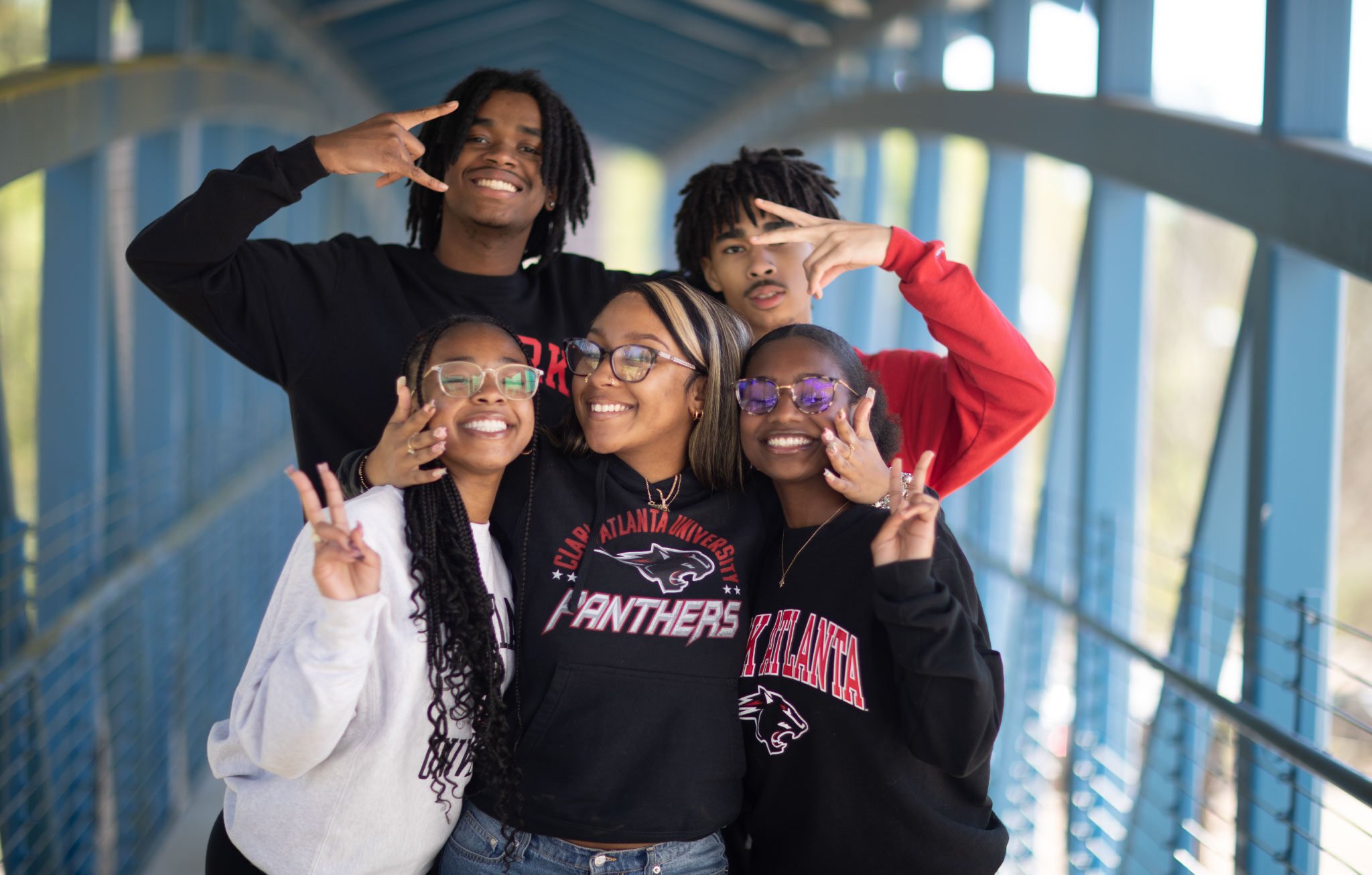
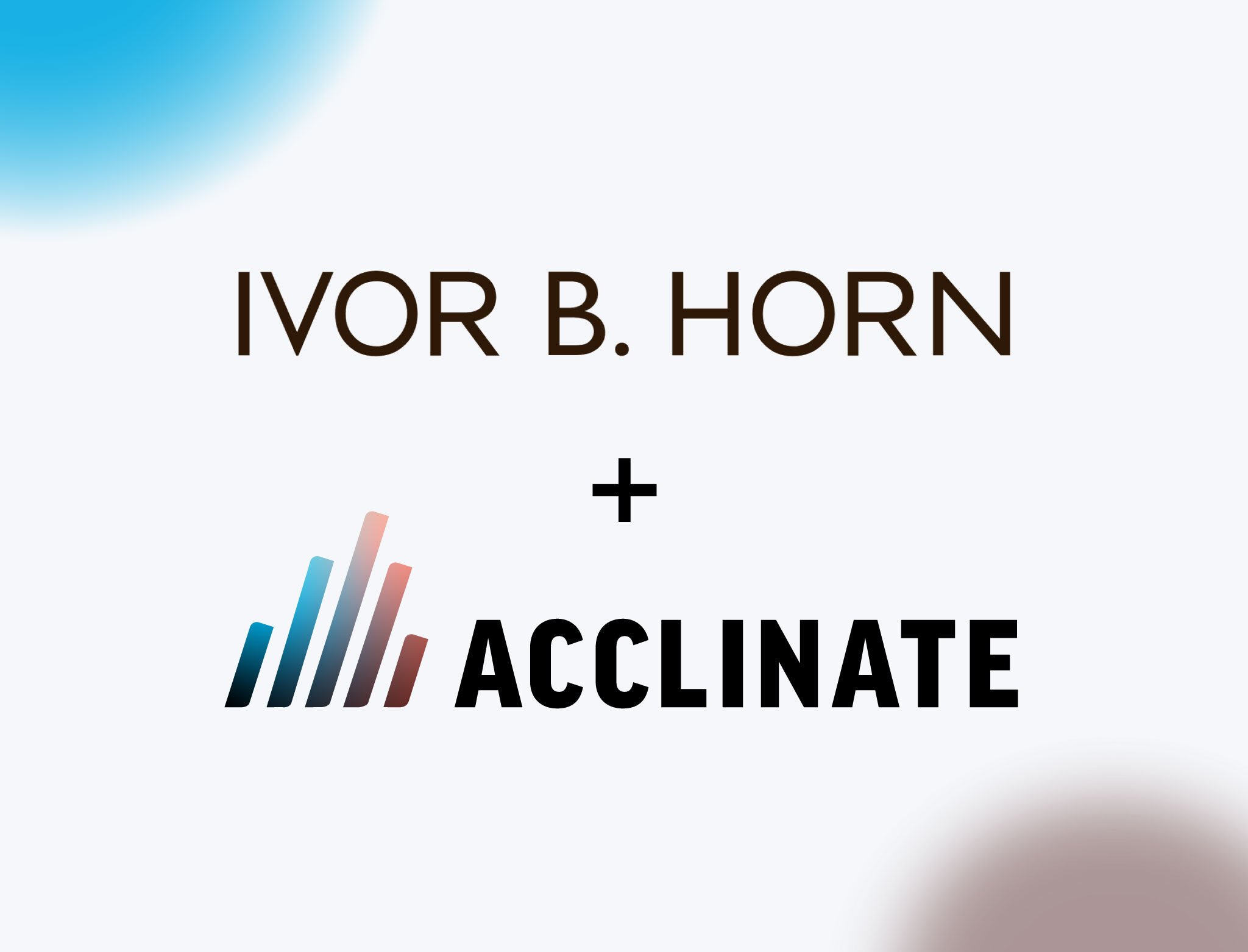
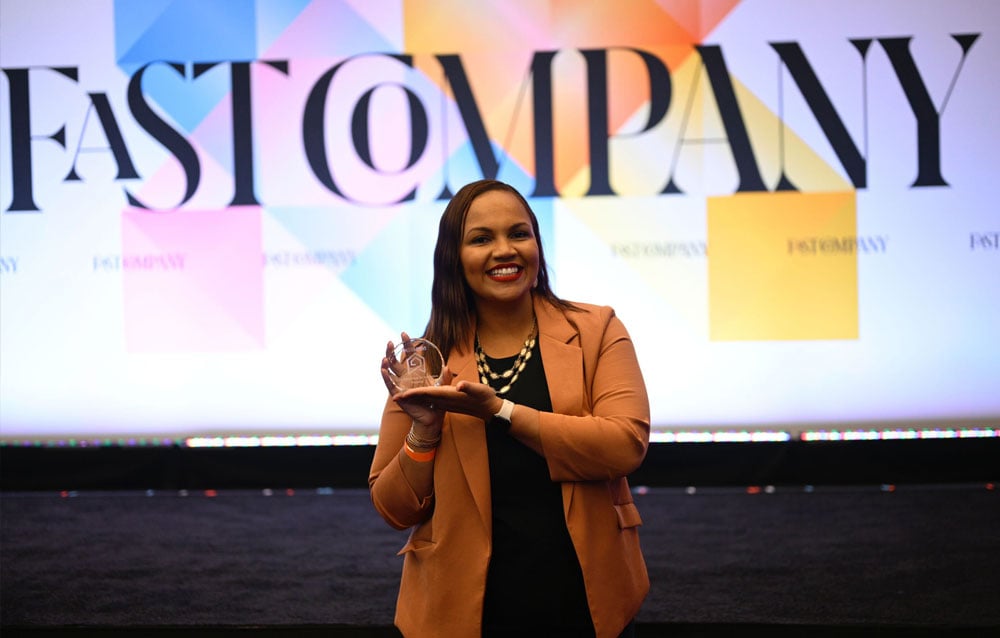
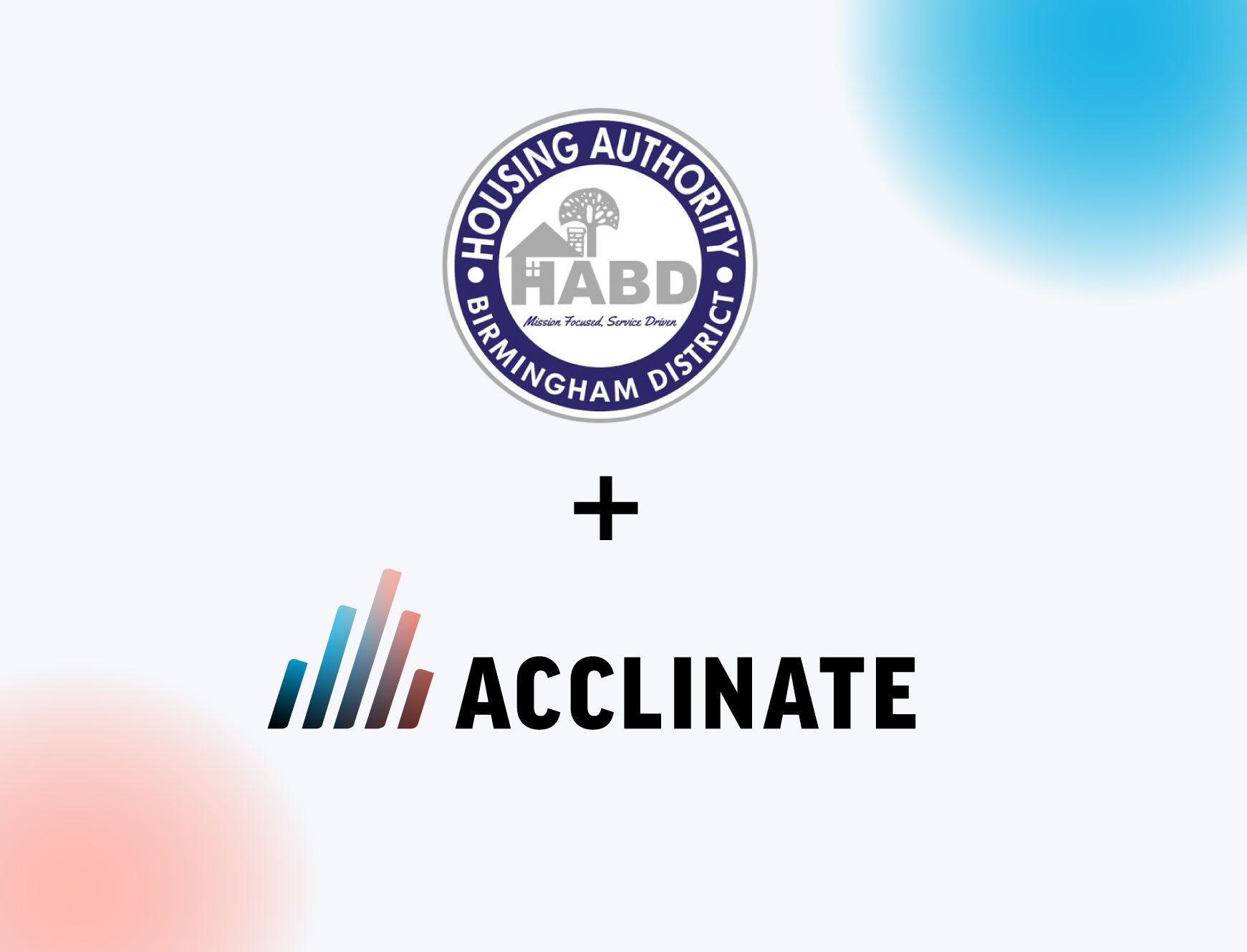

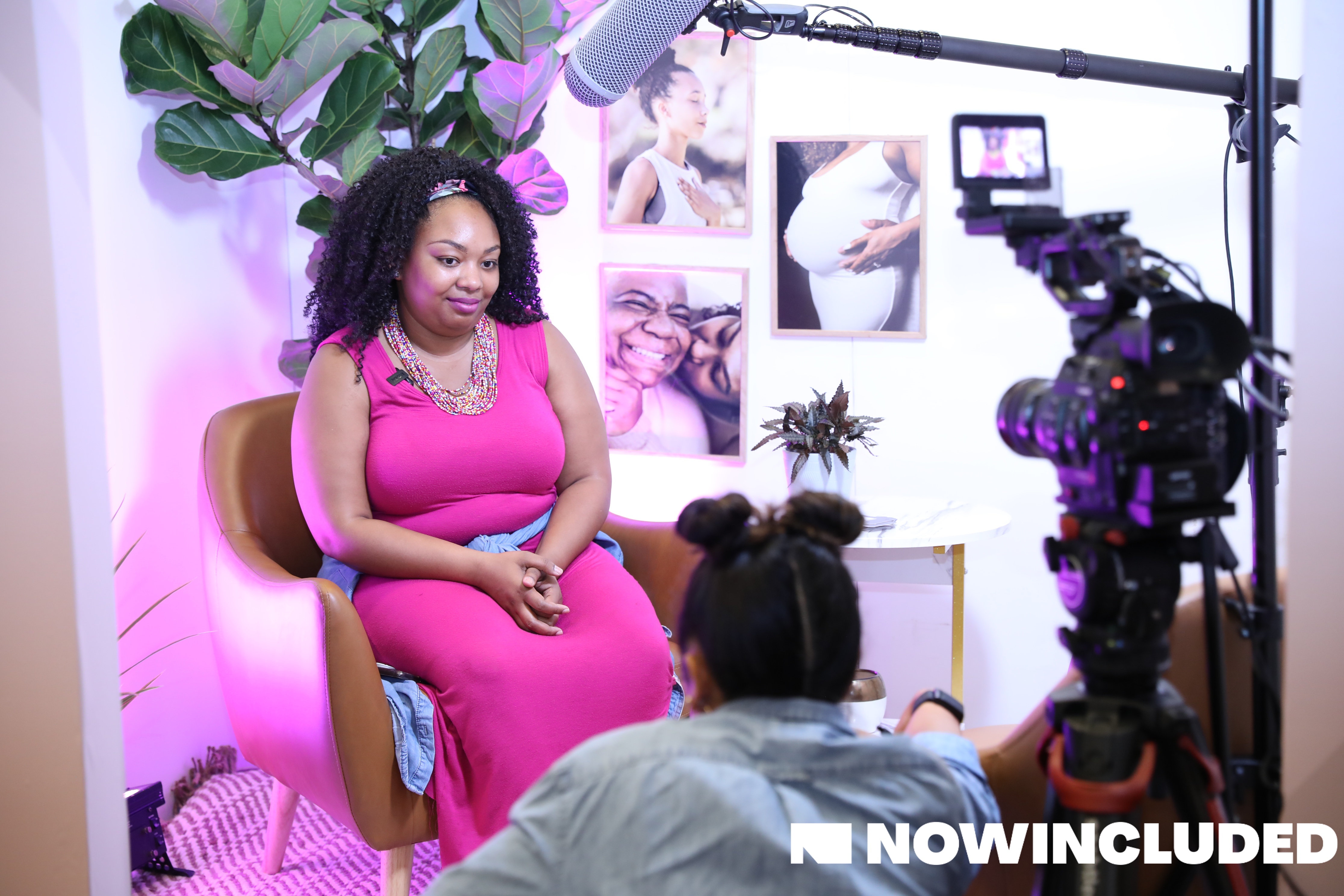
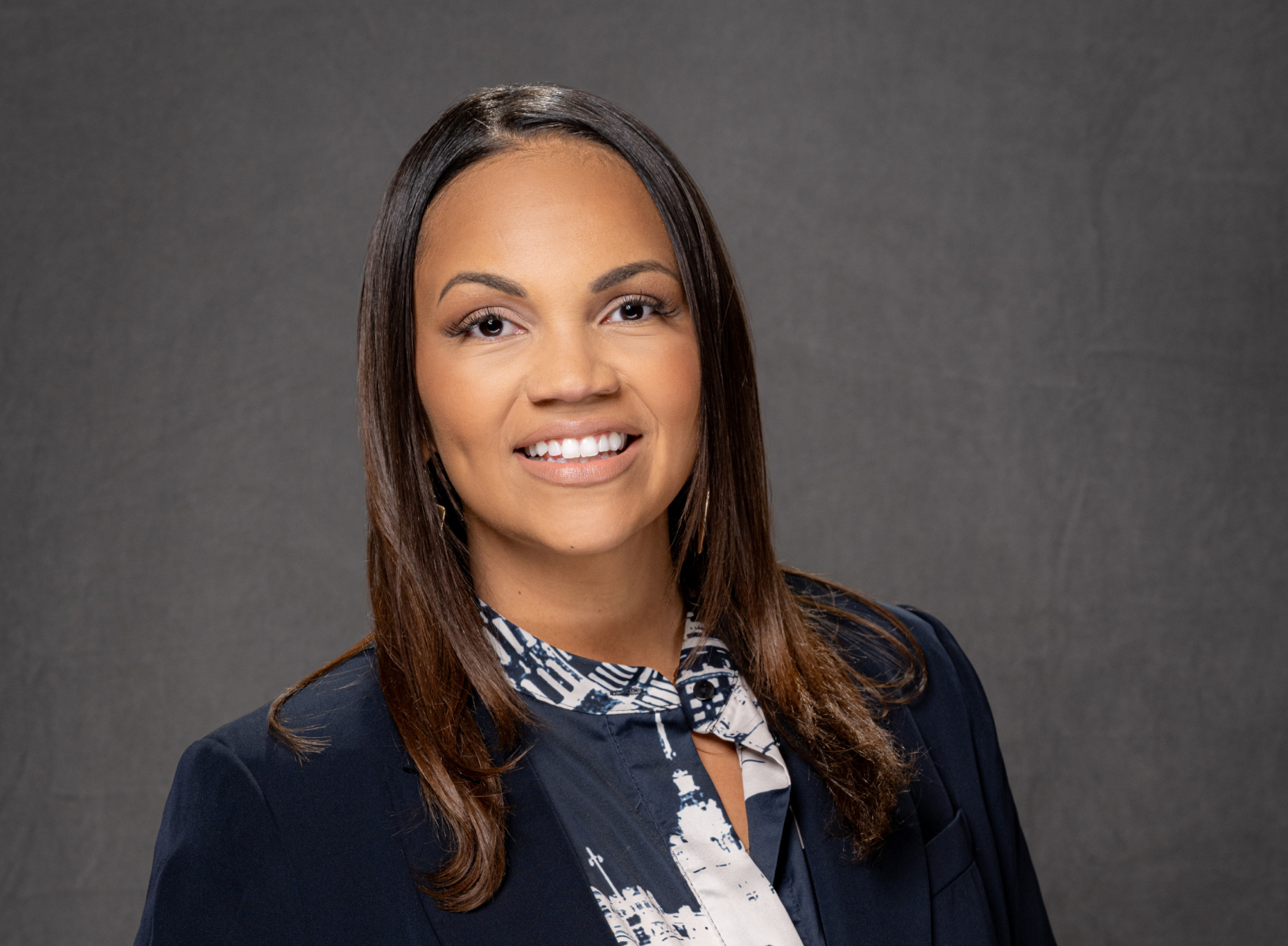

%20(1).jpeg)
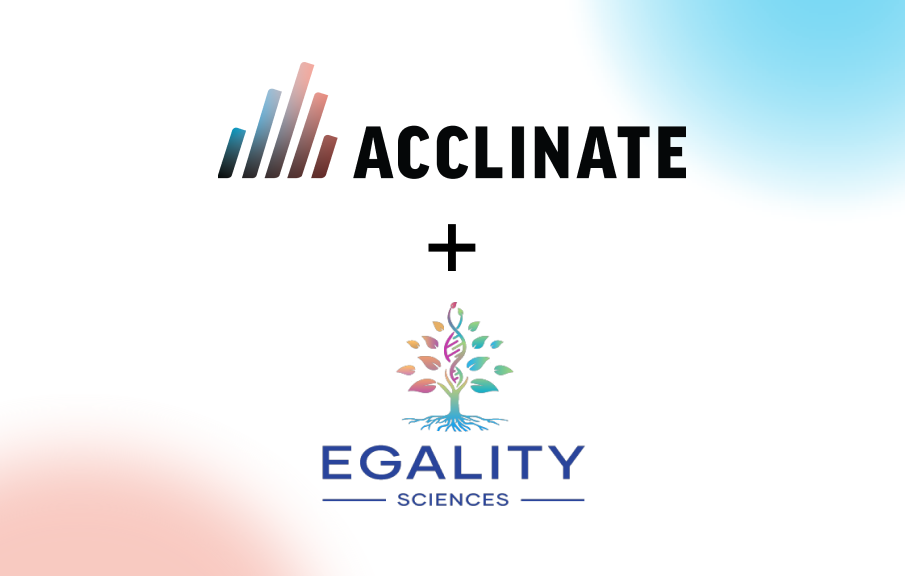
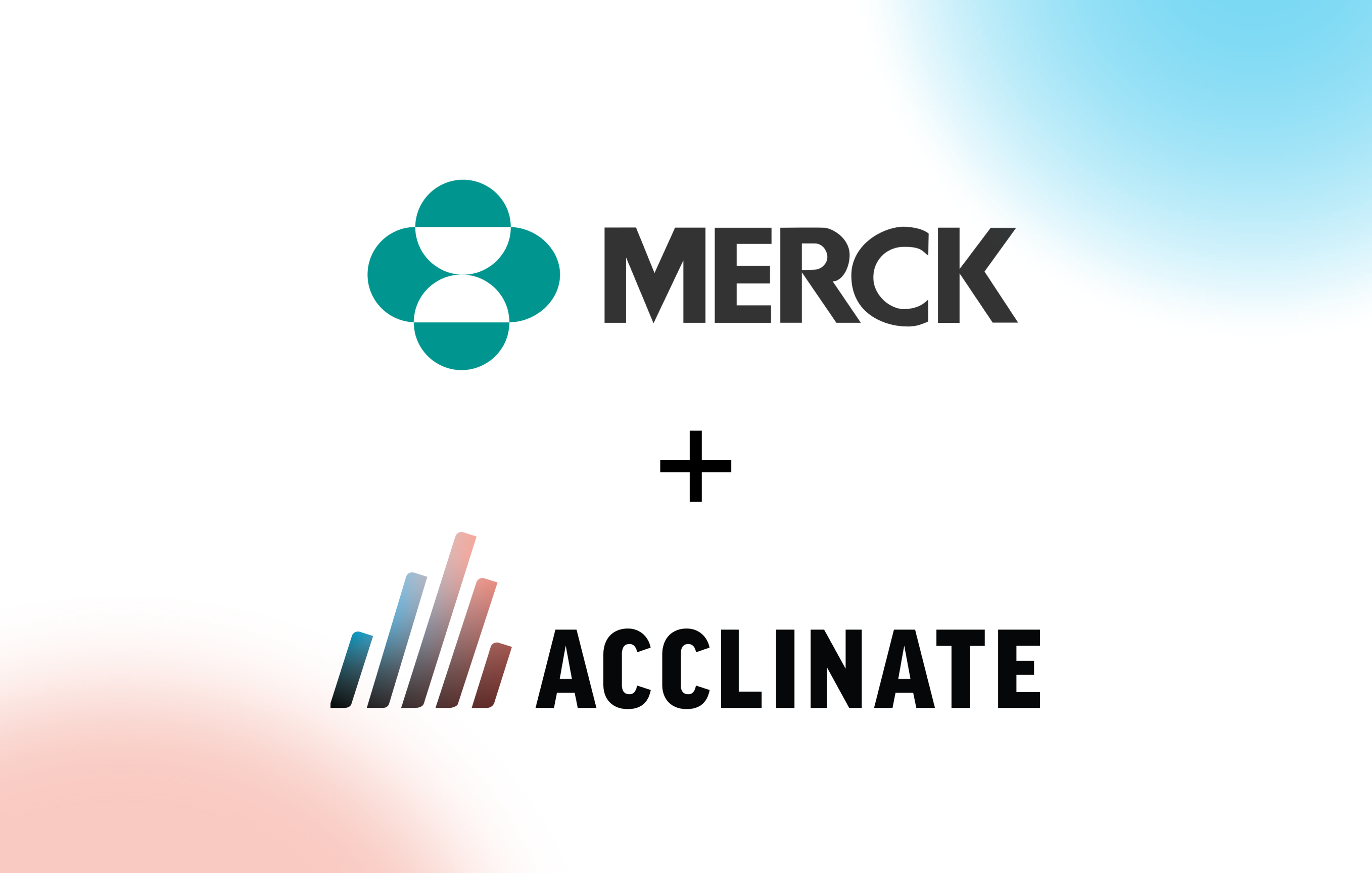

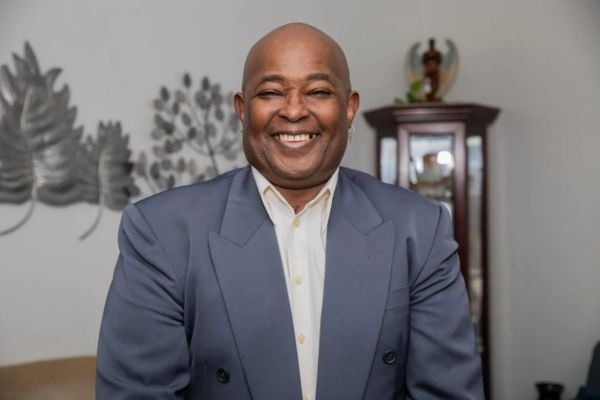

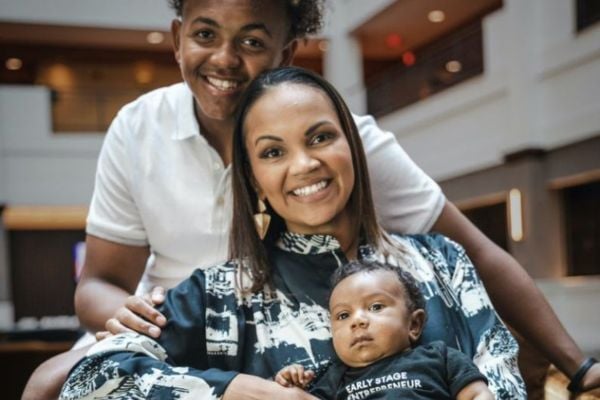
.png)

